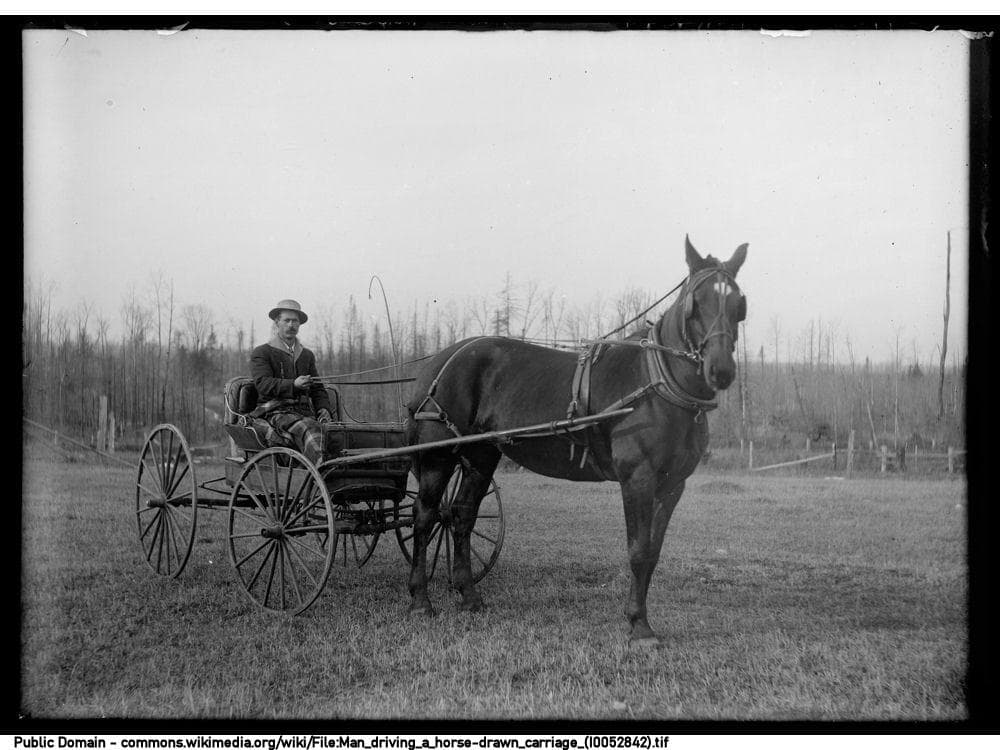A market economy is an economic system in which economic decisions and the pricing of goods and services are guided by the interactions of a country's individual citizens and businesses. There may be some government intervention or central planning, but usually this term refers to an economy that is more market oriented in general.
Technology makes new goods and services possible. Entrepreneurship brings these new products and services to the market. Marketing and advertising increase awareness of the availability of these new goods and services. Demand for these newly available products and services pulls them into the market and encourages the development and market introduction of competing products and services. Competition in demand pull markets results in progressive technological advancement and product and service cost reduction.
Market demand is typically built upon increased function, enhanced convenience, improved economics or some combination of these factors. Consider the evolution of space heating from fireplaces to manually fed wood and coal stoves to central heating boilers and furnaces with water or air distribution to automated boilers and furnaces with thermostatic control to combination heating and cooling systems. Each of these advances was made available by technological evolution and development and pulled into the market by consumer demand. Similarly, the transition from coal to oil to natural gas and electricity was a response to consumer demand for increased convenience and improved economics. The evolution of other residential and commercial appliances and equipment followed similar paths.
Transportation has evolved from walking, to riding horseback to horse-drawn wagons and carriages to the internal combustion powered automobile and truck. Technological innovation made windows, heaters, air conditioners, automatic transmissions, radios and other entertainment devices, GPS navigation systems and numerous safety features available and consumer demand pulled them into the market. Consumer demand also led to the availability of station wagons, SUVs, travel trailers and motor homes. The development of aviation technology allowed commercial air travel to eclipse passenger buses and trains for travel over longer distances and greatly decreased the time and cost of international travel.
The development of electric technology and the electric utility industry has replaced whale oil for lighting, windmills for water pumping and water wheels and draught animals for mechanical power production. Modern industry relies on electricity throughout virtually every aspect of almost all production processes. The evolution of mechanical and electric technology has led to the introduction of specialized robots to replace humans in many difficult, dangerous and tedious functions while increasing product reliability and reducing manufacturing costs.
Finally, the development of electronics technology and the computer has had broad impacts on almost all aspects of life. Consumer demand for access to information and entertainment has pulled these electronic devices into common use in residential, commercial, institutional and industrial markets. In many cases, the demand for these new technologies and the products and services they provide has far exceeded the expectations of their developers.
In demand pull markets, visionaries identify opportunities, entrepreneurs pursue those opportunities and consumers decide which products and services will be successful.

